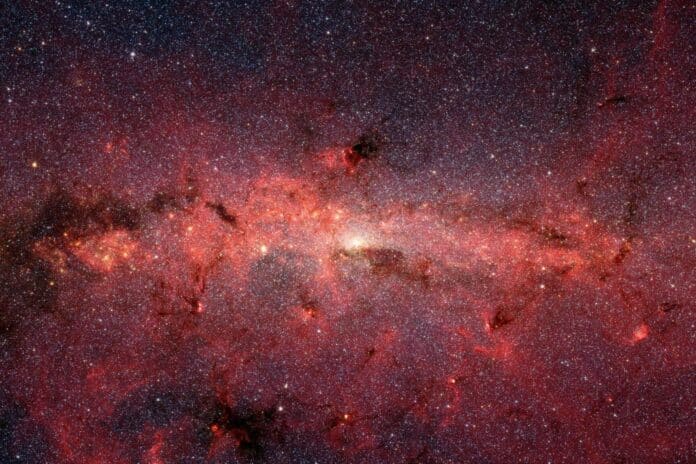The rapid neutron capture process (r-process) occurs in environments with an abundance of neutrons, like neutron star mergers or specific types of supernovae. This process is believed to be responsible for generating numerous chemical elements that are heavier than iron.
However, the specific details of the r-process need to be better understood, and it is challenging to study them directly in laboratory settings. Scientists rely on astronomical observations and simulations to gain insights into the conditions and mechanisms involved in creating heavy elements through the r-process.
An international team of scientists has found that ancient stars could produce elements with atomic masses greater than 260, heavier than any element on the periodic table found naturally on Earth. The finding deepens our understanding of element formation in stars.
The heaviest elements are unstable or radioactive, meaning they decay over time. One way they do this is by splitting, a process called fission.
The research team re-examined the quantities of heavy elements present in 42 extensively studied stars within the Milky Way. These stars were known to host heavy elements formed through the r-process in previous stellar generations. Instead of focusing on individual stars, the team took a more comprehensive approach by examining the collective amounts of each heavy element found in these stars. This broader perspective revealed previously unnoticed patterns.
These patterns suggested that certain elements positioned around the middle of the periodic table, such as silver and rhodium, were likely the remnants of heavy element fission. The scientists deduced that the r-process can generate atoms with an atomic mass of at least 260 before they undergo fission.
Ian Roederer, associate professor of physics at North Carolina State University and lead research author, said, “That 260 is interesting because we haven’t previously detected anything that heavy in space or naturally on Earth, even in nuclear weapon tests. But seeing them in space gives us guidance for how to think about models and fission – and could give us insight into how the rich diversity of elements came to be.”
Journal Reference:
- Ian Roederer, Nicole Vassh et al. Element abundance patterns in stars indicate fission of nuclei heavier than uranium. Science. DOI: 10.1126/science.adf1341
